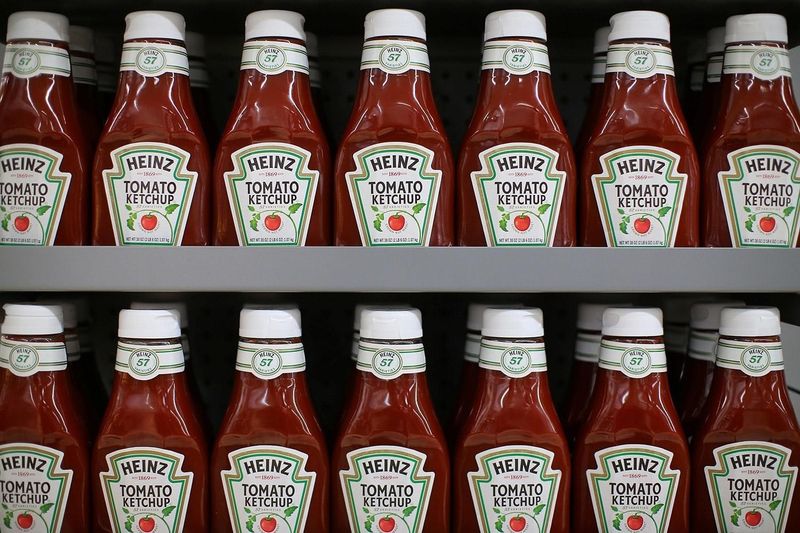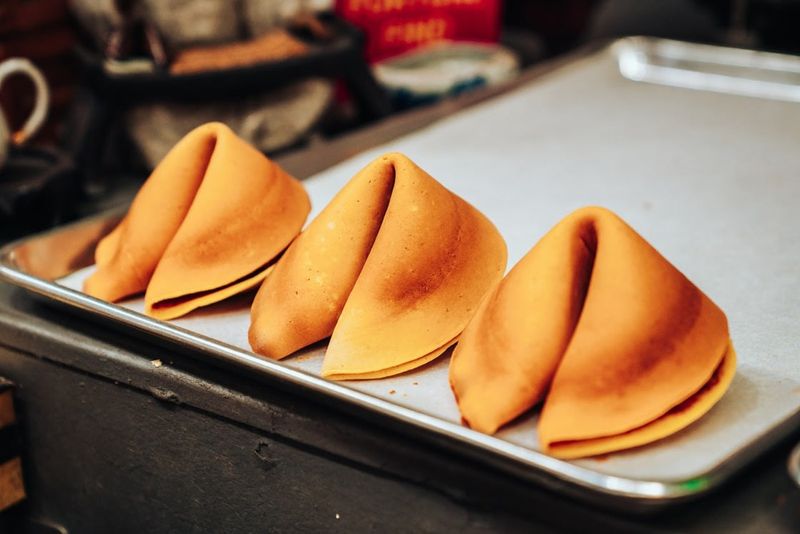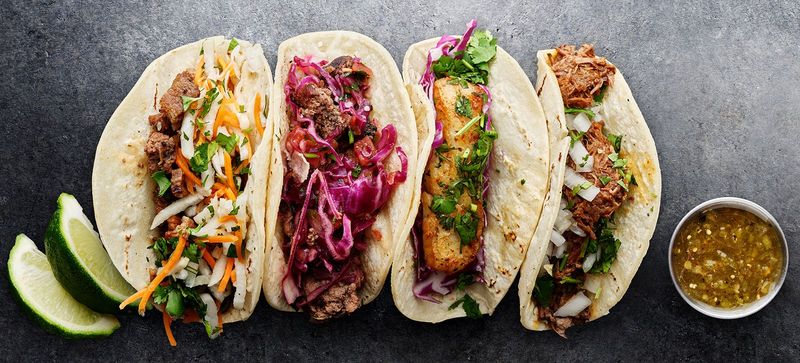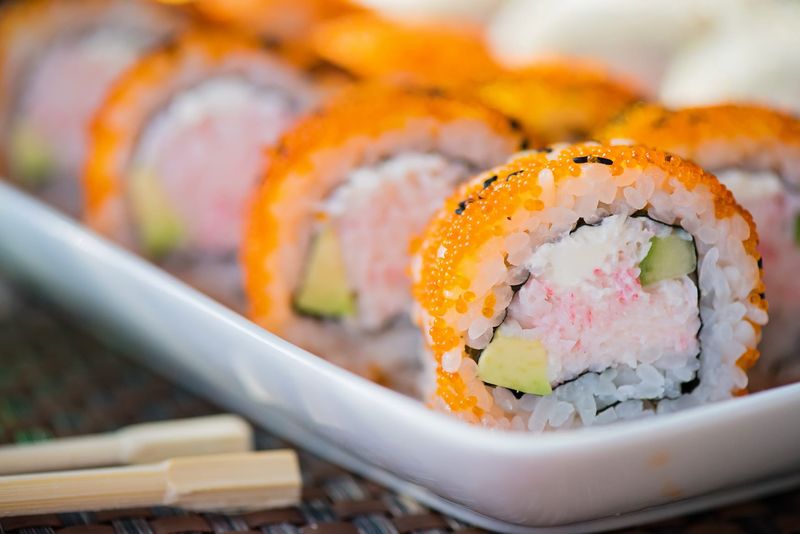In the United States, food is more than just sustenance—it’s a badge of identity, a cultural marker, and a source of pride. From backyard barbecues to baseball games, we’ve long celebrated certain dishes as uniquely “American.”
But here’s the twist: many of our most iconic eats didn’t actually originate on American soil. Some were borrowed, adapted, and reinvented from far-off places before becoming household staples.
In this article, we’re uncovering the international roots of eight beloved foods you probably assumed were born in the USA. Get ready to have your tastebuds—and your assumptions—challenged.
1. Apple Pie

“As American as apple pie” is a phrase we all know, but the beloved dessert’s roots trace back to Europe. The first apple pie recipes appeared in England as early as the 14th century. European settlers brought the concept to America, where it eventually became a national symbol.
Ironically, apples weren’t even native to America. Early colonists imported apple trees from Europe. Today, the apple pie is so intertwined with American identity that it feels strange to consider its foreign origins.
In reality, the dessert’s recipe evolved on American soil, adapting to local ingredients and tastes. Yet, its foundational concept remains European. So, next time you indulge in a slice, remember it’s a delicious testament to global culinary collaboration.
2. Hot Dogs

An iconic ballpark snack, the hot dog has become synonymous with American culture. However, its origins trace back to Germany, where sausages—particularly frankfurters—were a staple. German immigrants brought these sausages to America in the 19th century.
They adapted them to local tastes by serving them in a bun, a practice that quickly caught on. Over time, the hot dog became an integral part of American cuisine, especially at sports events and barbecues.
Despite its German beginnings, the hot dog has been fully embraced by Americans, often enjoyed with a variety of toppings and regional twists. Its simplicity and portability make it a favorite, yet its roots are undeniably European.
3. Hamburgers

It’s hard to imagine a more American meal than a hamburger, yet its origins are surprisingly international. The concept of minced beef patties dates back to the Tatar people of Central Asia, who ate raw minced meat.
The dish made its way to Hamburg, Germany, where it was cooked and seasoned. German immigrants then brought the “Hamburg steak” to the United States in the 19th century.
Here, it evolved into the hamburger we know today, complete with buns and a plethora of toppings. This culinary journey from Asia to Europe to America showcases the global influence on what many consider a quintessential American dish.
4. French Fries

Though they’re often paired with hamburgers in American culture, French fries actually have their origins in Belgium. The Belgians were frying potatoes as early as the late 1600s.
During World War I, American soldiers stationed in Belgium were introduced to the crispy delight and brought the idea back home. Despite the name, it’s believed the term “French” came from the method of cutting potatoes into thin strips, or “frenched.”
Today, French fries are a staple in American fast food, served in various styles and with countless toppings. Yet, their journey from Belgian villages to global fast-food chains is a fascinating tale of culinary adaptation.
5. Ketchup

Although ketchup is often seen as an American condiment, its story starts in Asia. The word “ketchup” is believed to be derived from the Hokkien word “ke-tsiap,” a fermented fish sauce from China.
European traders found it in Southeast Asia during the 17th century and brought it back to Europe. Over time, the recipe evolved, eventually morphing into the tomato-based version we know today. American innovation played a key role in this transformation.
By the 19th century, ketchup had become a staple at American dining tables. Today, it’s hard to imagine burgers or fries without it, yet its Asian roots are a testament to its global journey.
6. Fortune Cookies

Surprisingly, fortune cookies, often associated with Chinese restaurants in the United States, are not originally from China. These sweet, folded cookies actually trace back to Japan.
Japanese immigrants brought similar treats to America in the early 20th century, where they were adapted and popularized in Chinese-American eateries. The Japanese version featured sesame and miso flavors, differing from the sweet vanilla taste common today.
In essence, fortune cookies are a fascinating blend of Asian cultures, crafted to fit American tastes. This delightful dessert highlights the multicultural tapestry of American cuisine, emphasizing creativity and adaptation.
7. Tacos

Tacos have become a staple in the American diet, yet their origins are, of course, Mexican. The traditional taco predates the arrival of Europeans in Mexico. Indigenous people filled tortillas with fish and other ingredients.
Tacos gained popularity in the United States in the 20th century, especially with the rise of fast-food chains like Taco Bell. The American version often includes ingredients like ground beef, cheese, and lettuce.
Though adapted, tacos retain their essence of simplicity and flavor. Their journey from Mexican roots to an American favorite showcases the cultural exchange between neighboring countries, enriching the culinary landscape.
8. California Sushi Rolls

The American sushi roll is a far cry from traditional Japanese sushi. While sushi has been a part of Japanese cuisine for centuries, featuring raw fish and rice, the American version often includes cooked ingredients.
California rolls—featuring imitation crab, avocado, and cucumber—paved the way for sushi’s popularity in the U.S. during the 1960s. This adaptation made sushi accessible to those hesitant about raw fish.
In blending Japanese technique with American tastes, sushi rolls evolved into a fusion dish. Today, innovation continues, with endless variations appealing to diverse palates. This culinary evolution reflects the creativity and adaptability of American cuisine.
Leave a comment